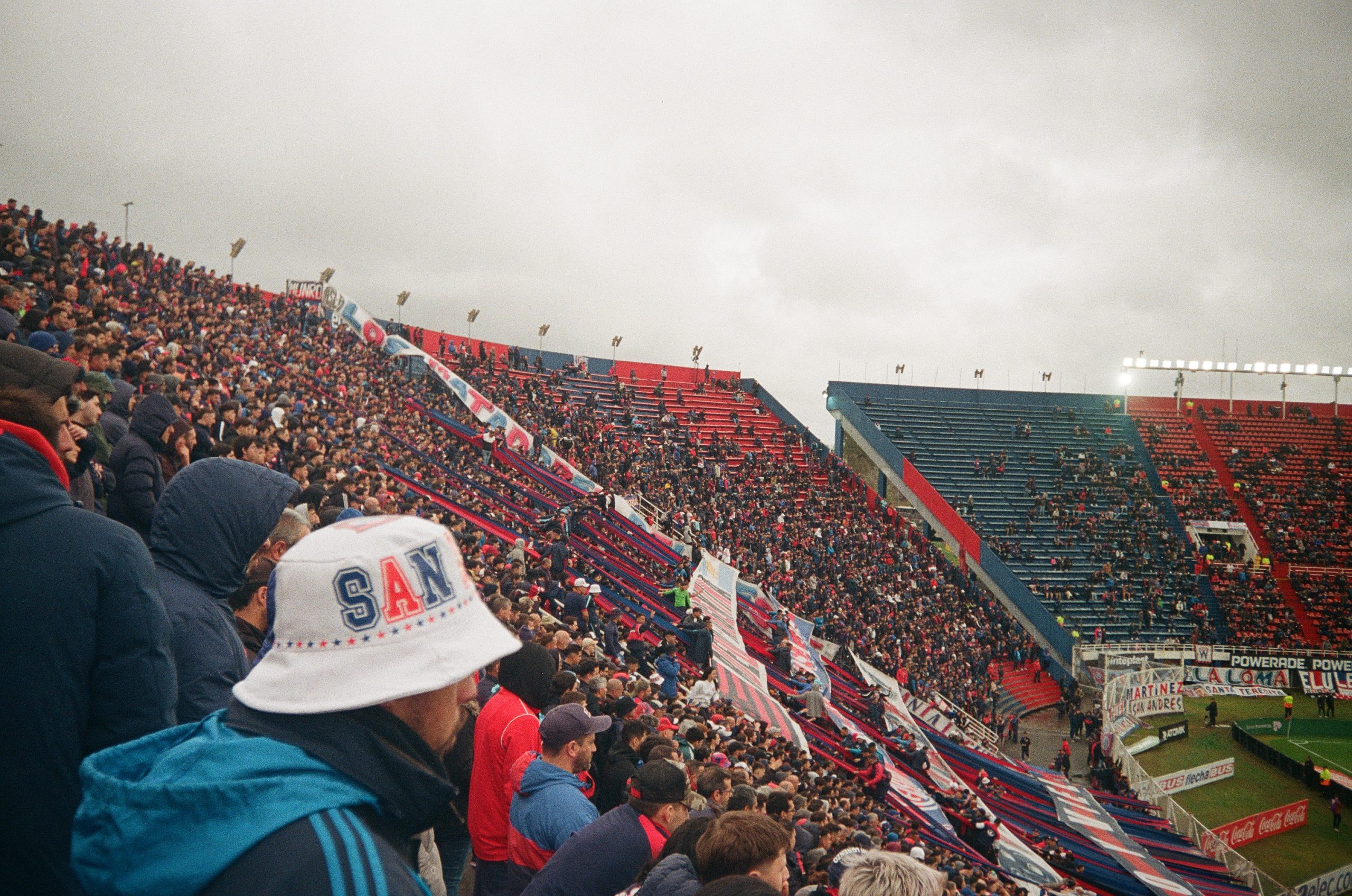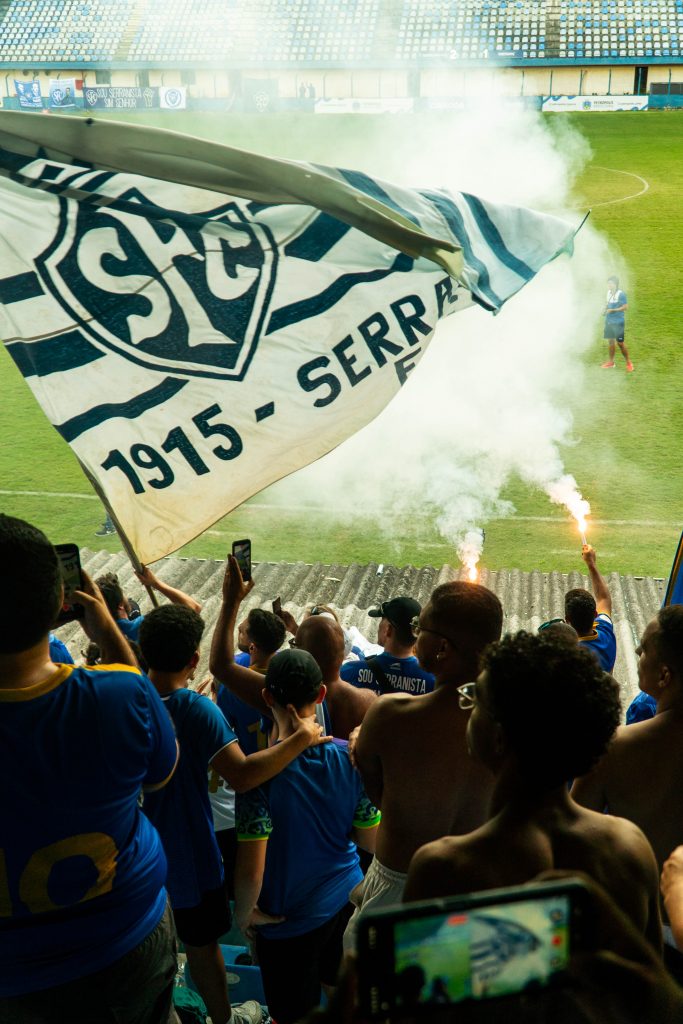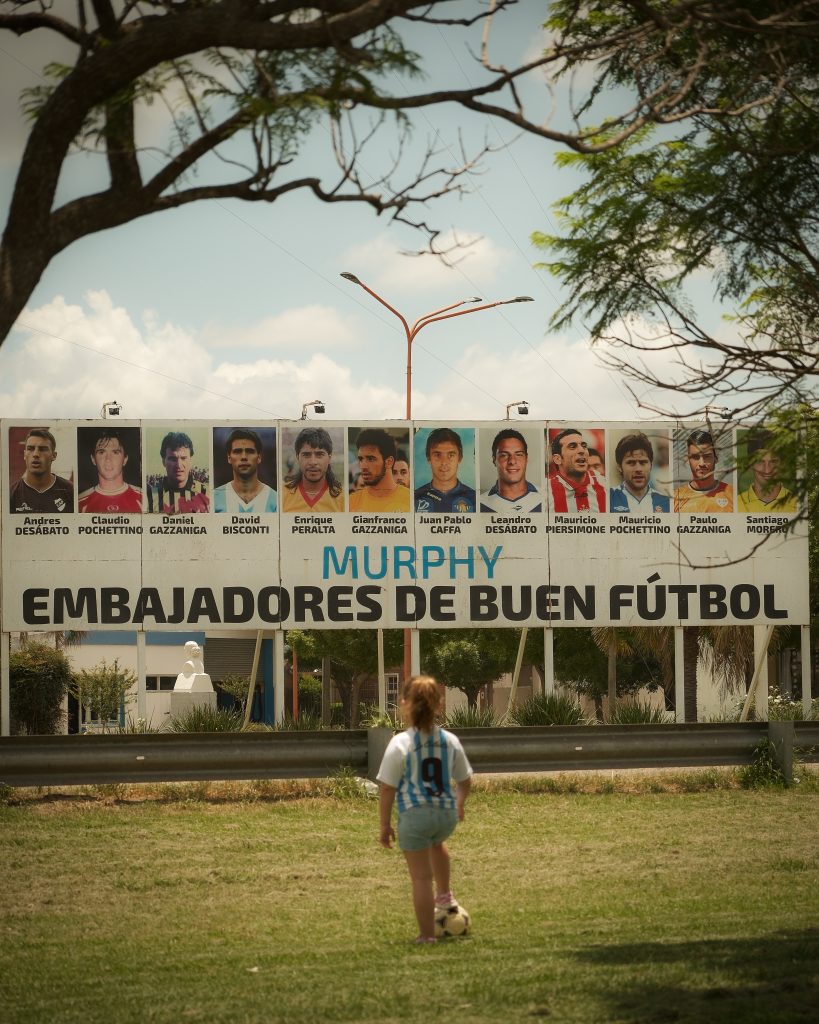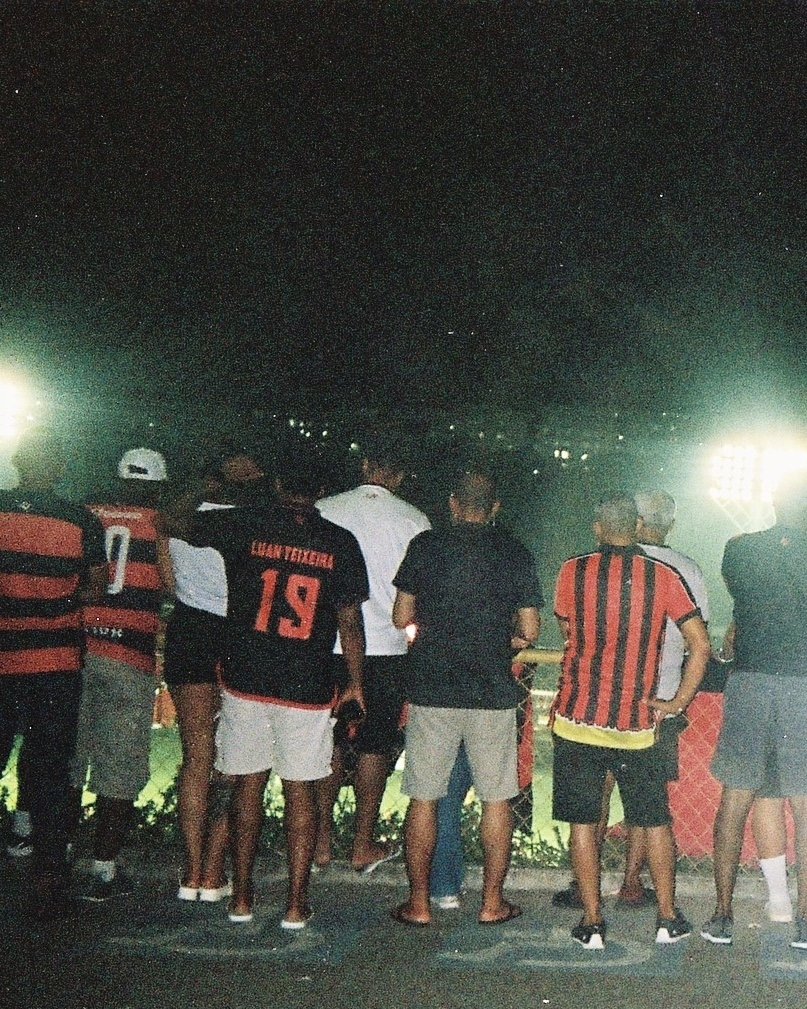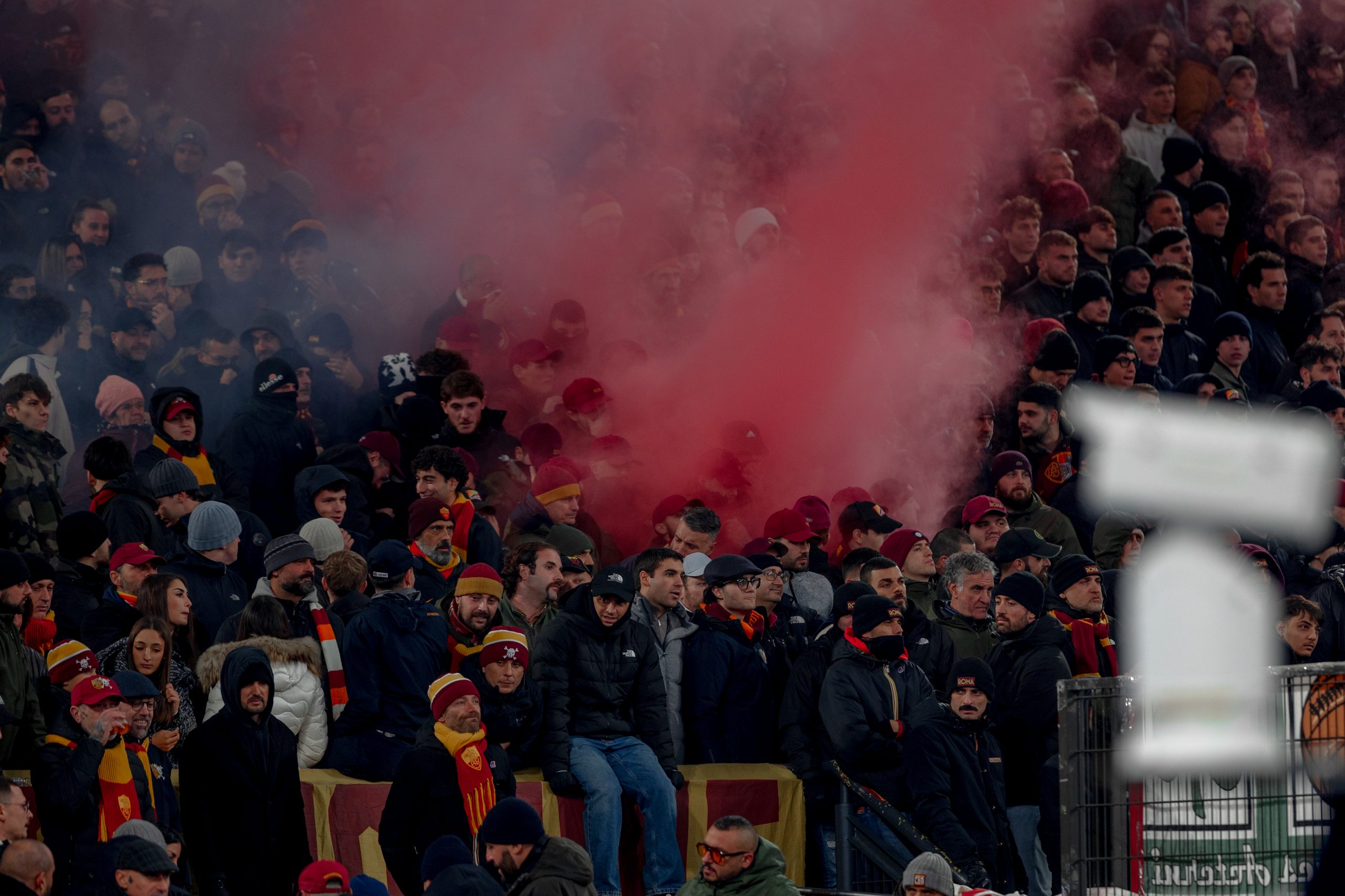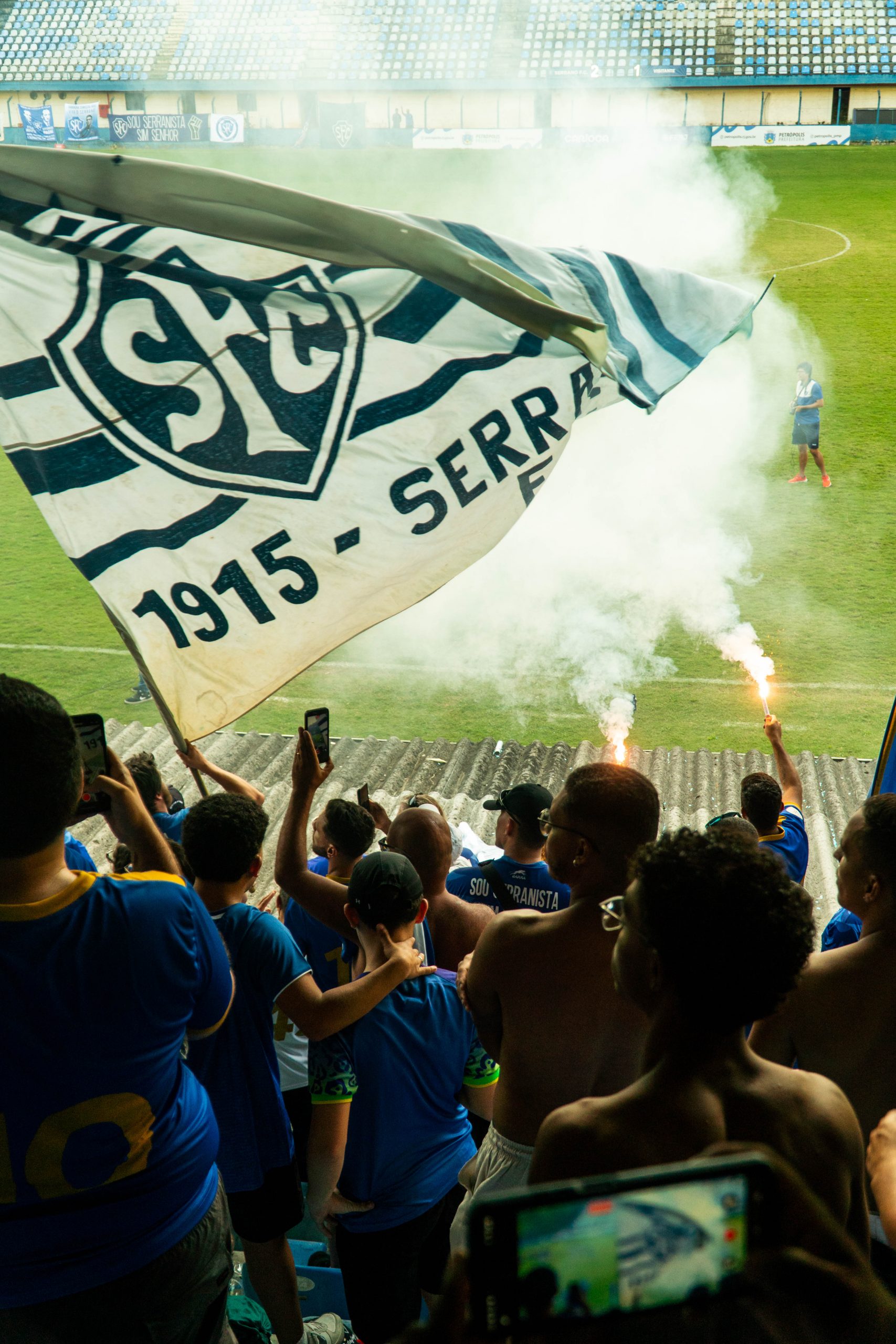All words and images by Jonas Zöller
After weeks exploring the wild beauty of Chile and Patagonia, Jonas crosses into Argentina in search of something entirely different — the pulse of Buenos Aires. Trading glaciers and silence for smoke, colour, and song, he begins his journey into the heart of Argentine football and culture, starting with a matchday at San Lorenzo in Almagro.
From Patagonia to Buenos Aires
As I board the plane to Buenos Aires, I’m still completely overwhelmed. The calm and raw beauty you find in Patagonia is beyond words. The mix of the Andes, immense glaciers, and vast lakes feels unlike anything else.
But back to what really matters: after the stillness of Patagonia, I’m heading straight into the raw energy of the football capital of the world.
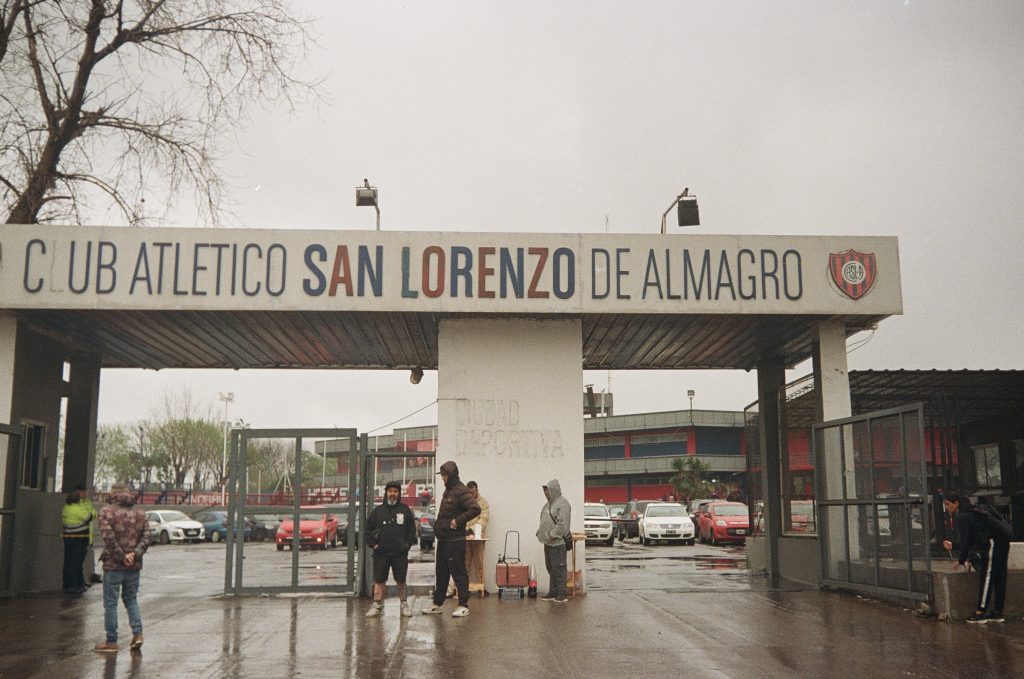
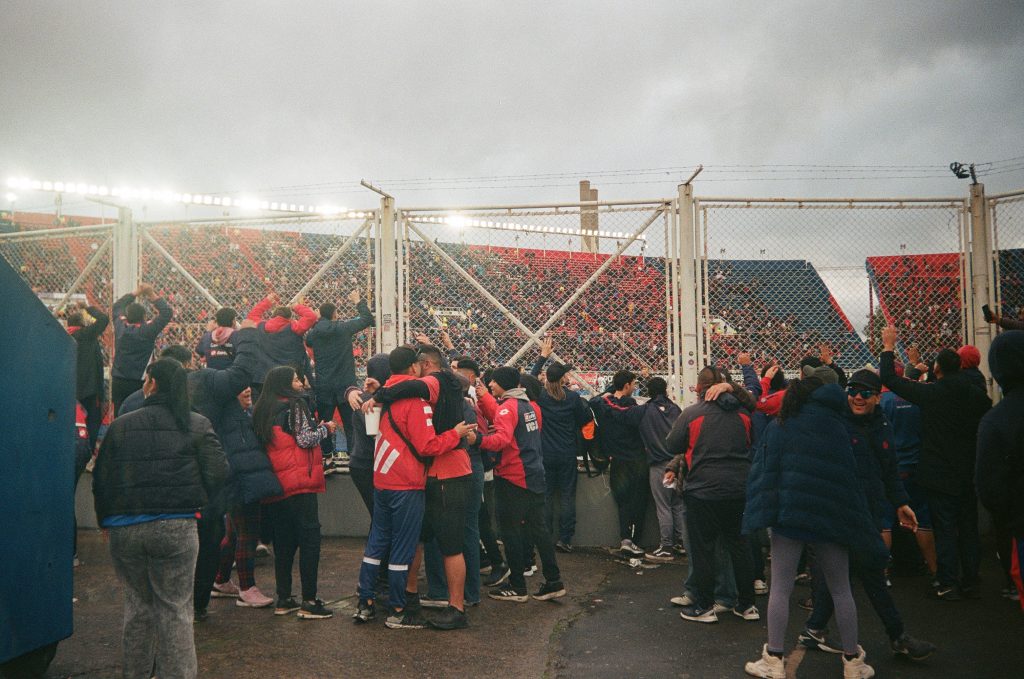
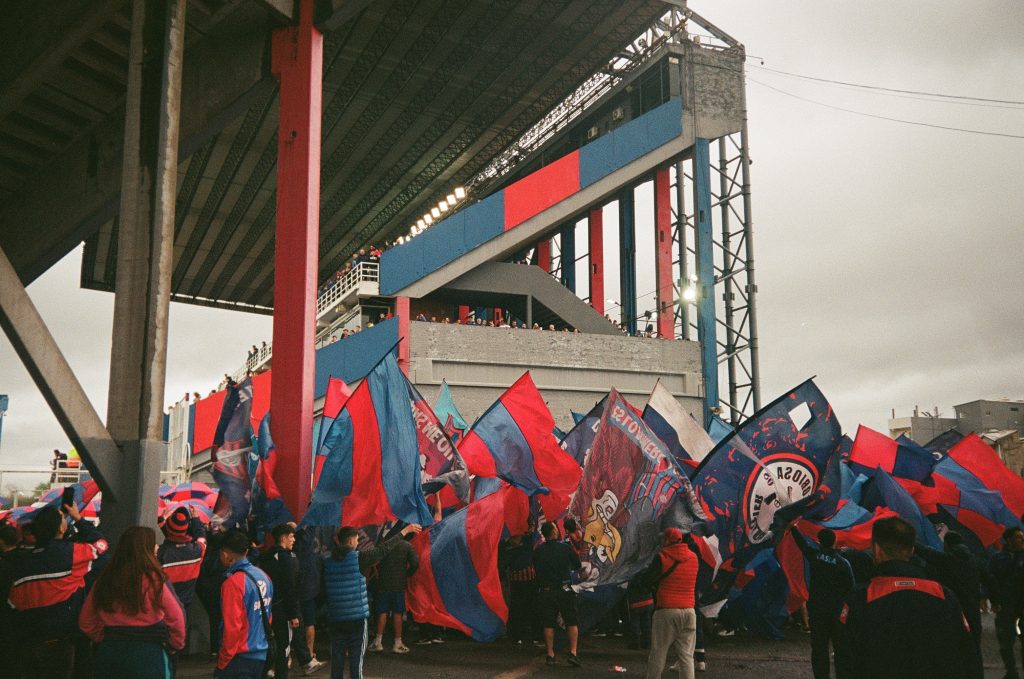
First Impressions of Almagro
It’s my second day in Buenos Aires when I set out for my first match, in the district of Almagro. When I arrive at the Estadio Pedro Bidegain, home of Club Atlético San Lorenzo de Almagro, I feel the same inner restlessness I had in Santiago. Excitement and concern are fighting inside me — unsure how tourists are treated in Argentina’s stadiums.
At first, my doubts seem justified. When I take out my camera and start shooting, a few unmistakable gestures come my way, and one of the men even follows me to take a closer look at the camera. I stammer through the situation, and my limited Spanish somehow gets me out of it.
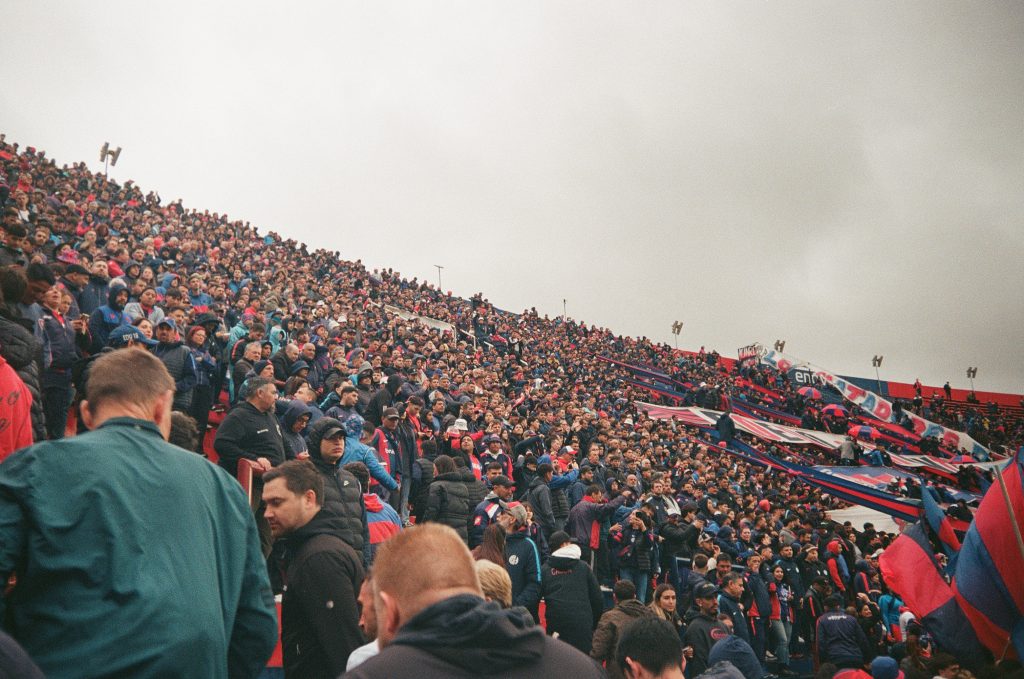
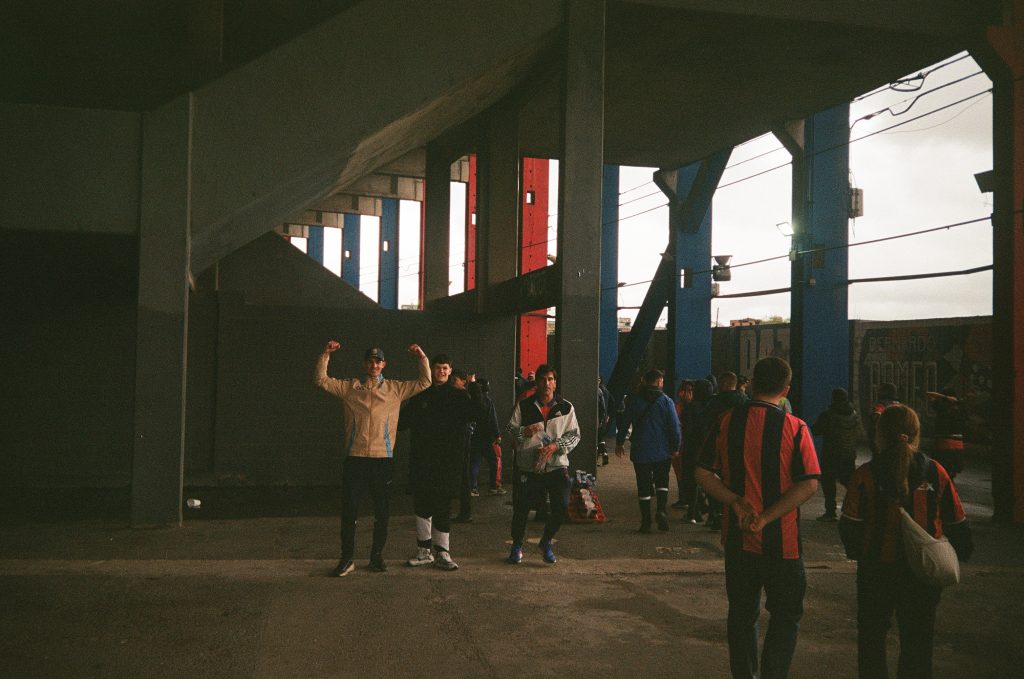
For a second, I wonder if I should even take pictures here when two more San Lorenzo fans approach me. But the wind turns. We start talking; they ask where I’m from, if I’m going to the match, and which club I support in Germany. We understand each other as much as the language barrier allows, and it turns out both are part of the active fan scene.
To my surprise, they don’t warn me or tell me to be careful. Instead, they explain that we’re welcome in the curva that day and have nothing to worry about. I feel both honoured and grateful.
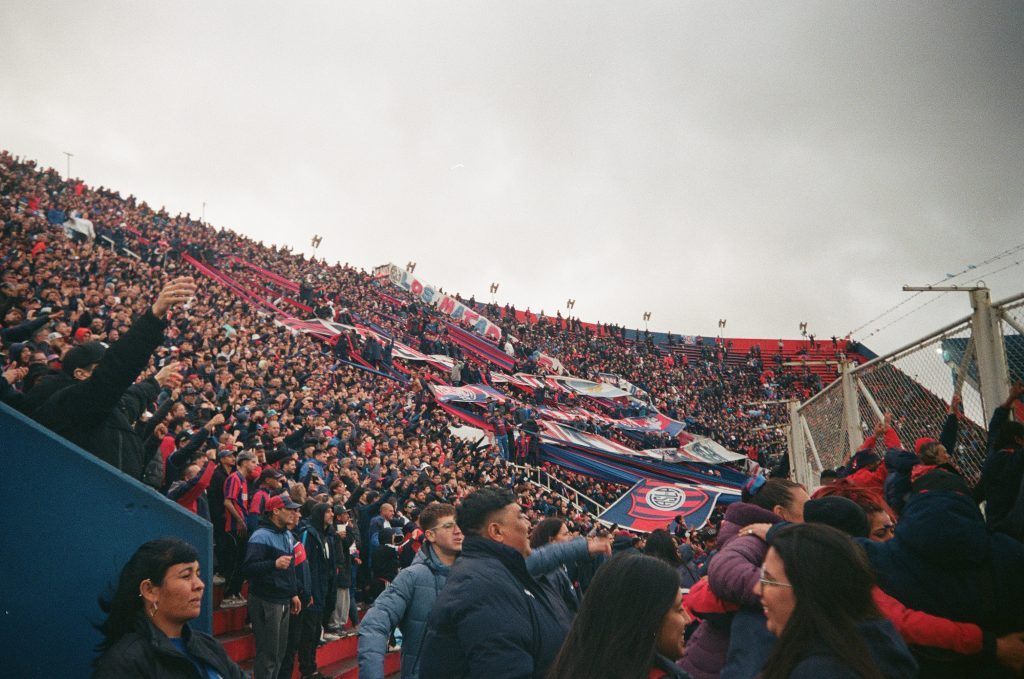
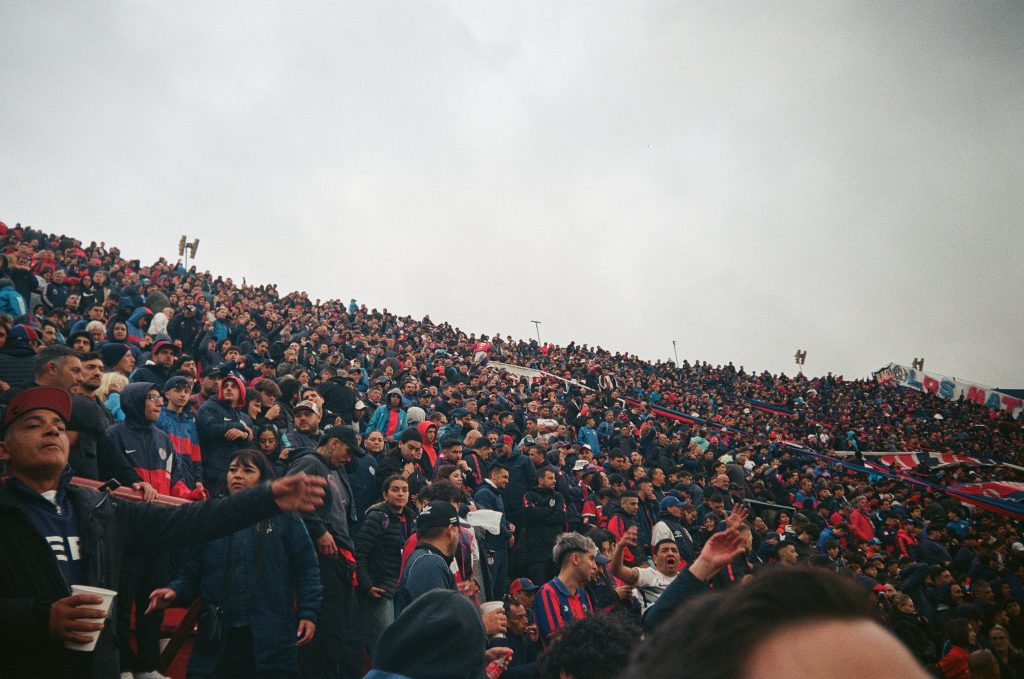
Pre-Match Rituals
The area around the stadium is open and lively. There’s something like a park with benches, a small kiosk, and even a little cafeteria. Several club facilities for hockey, basketball, and swimming sit nearby. Despite the rain, we chose the park and soon joined a group drinking before the match.
There’s beer, joints being shared, and Fernet Cola mixed in cut-off plastic bottles. It feels authentic — and I’m drunk.
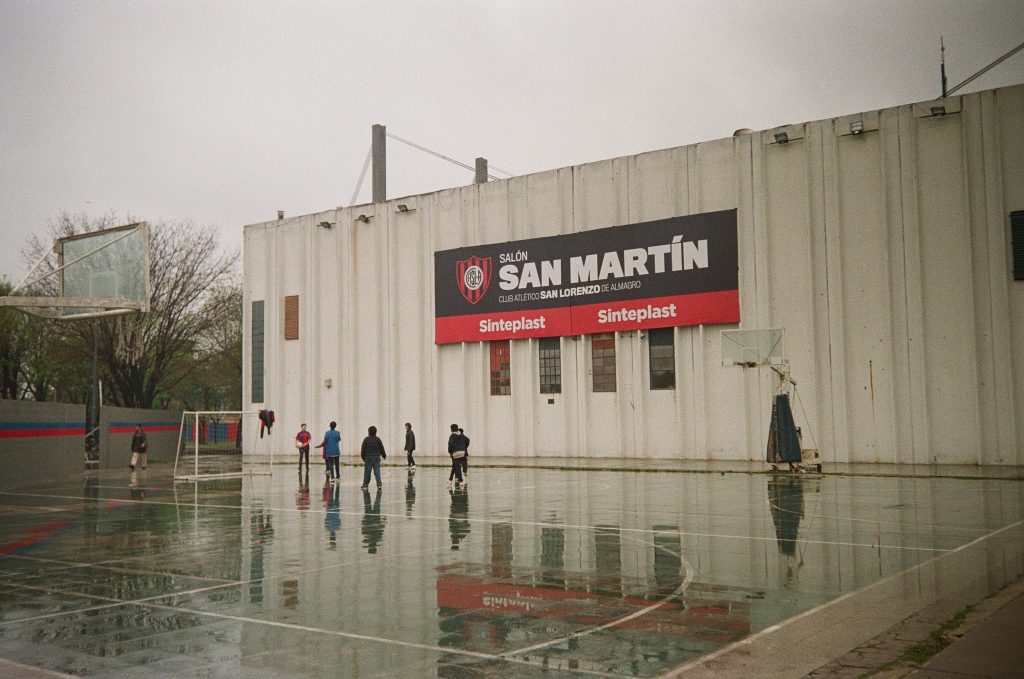
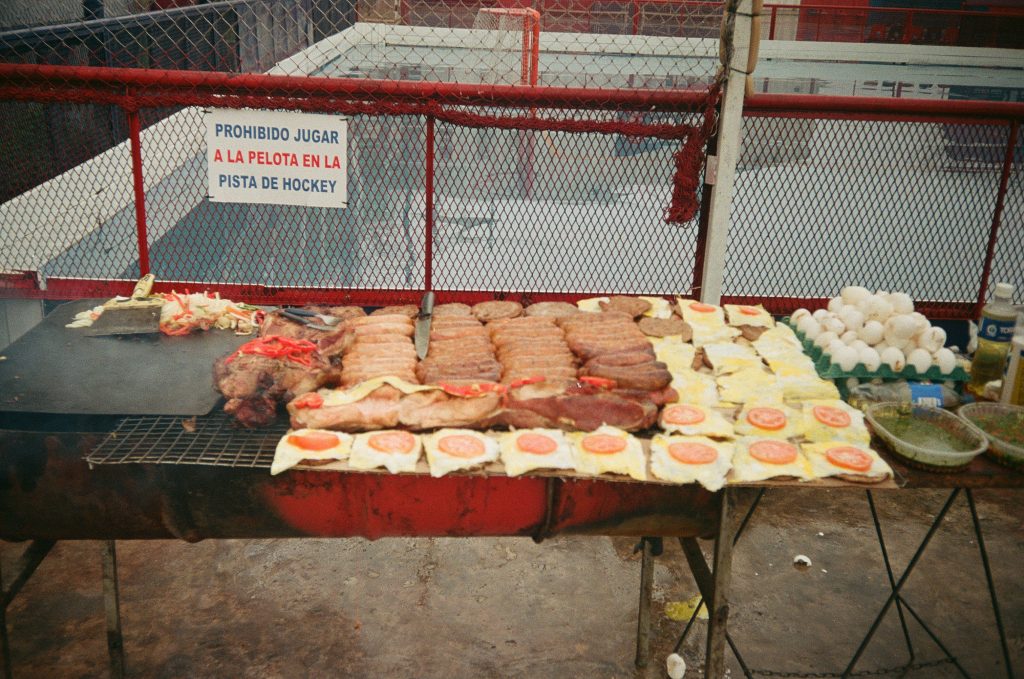
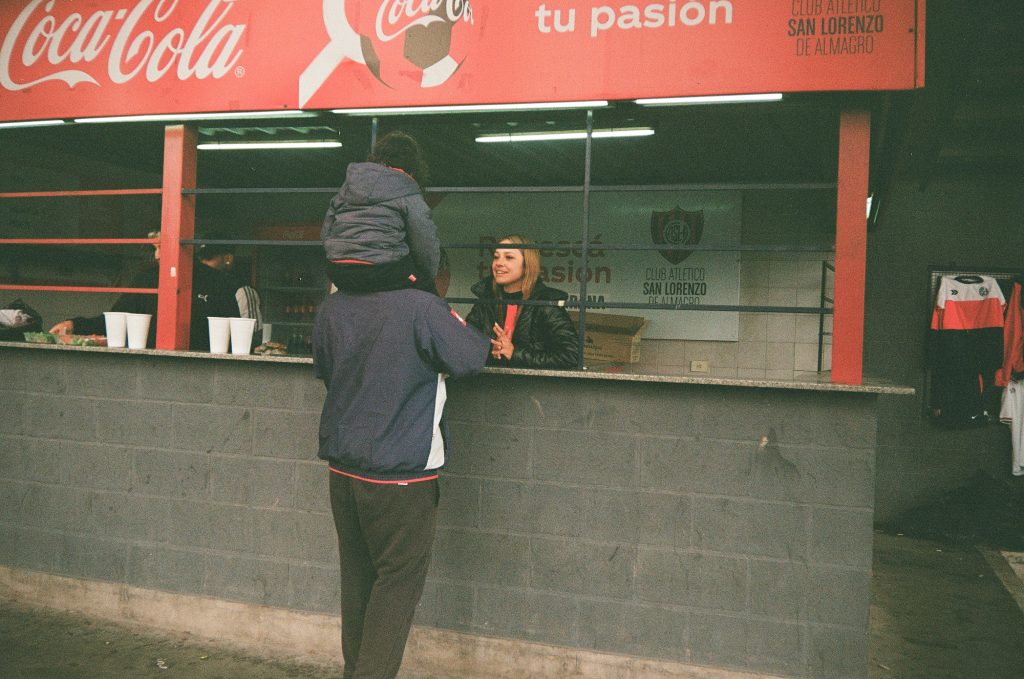
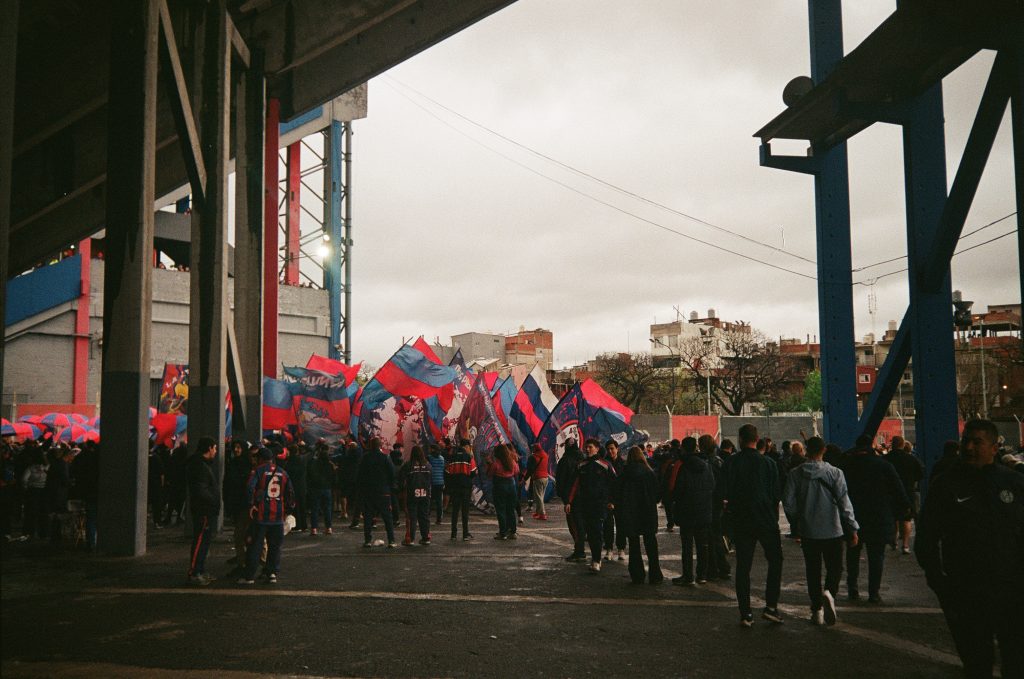
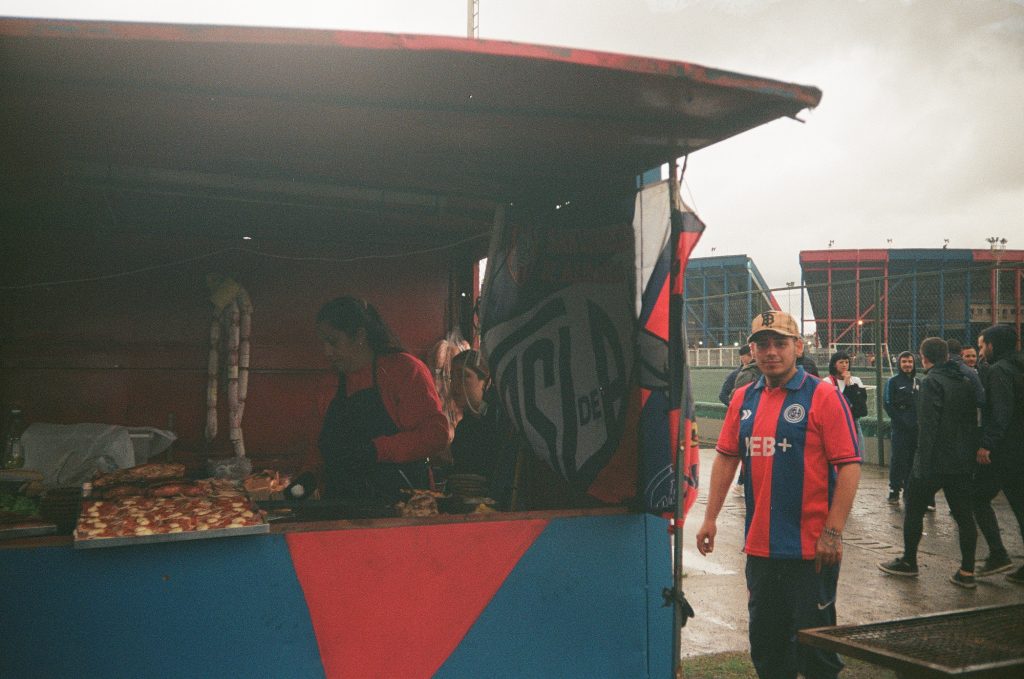
The Approach to the Curva
The closer we get to the stadium, the narrower the street becomes. It’s lined with grill stands, vendors selling fake shirts and stickers, and the stadium rising in the background. Even from a distance, it’s clear that this is a real football ground.
The blue and red paint has faded a bit, and the terraces are held by a frame of steel beams glowing with patina. There’s no glass, no fancy food stalls, no tech — exactly what I came here to find.
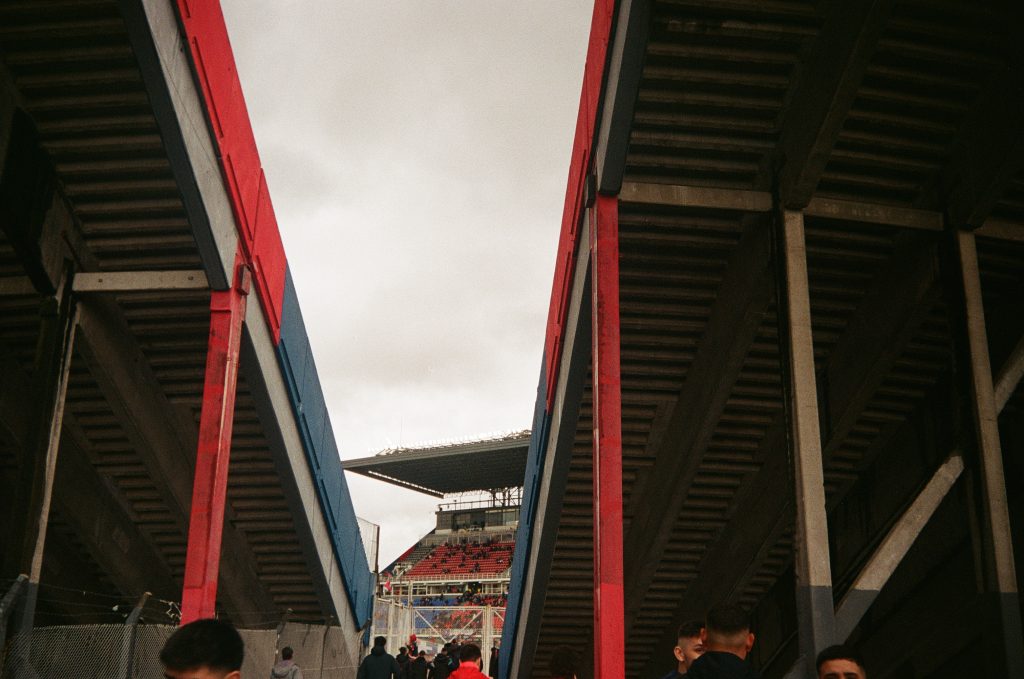
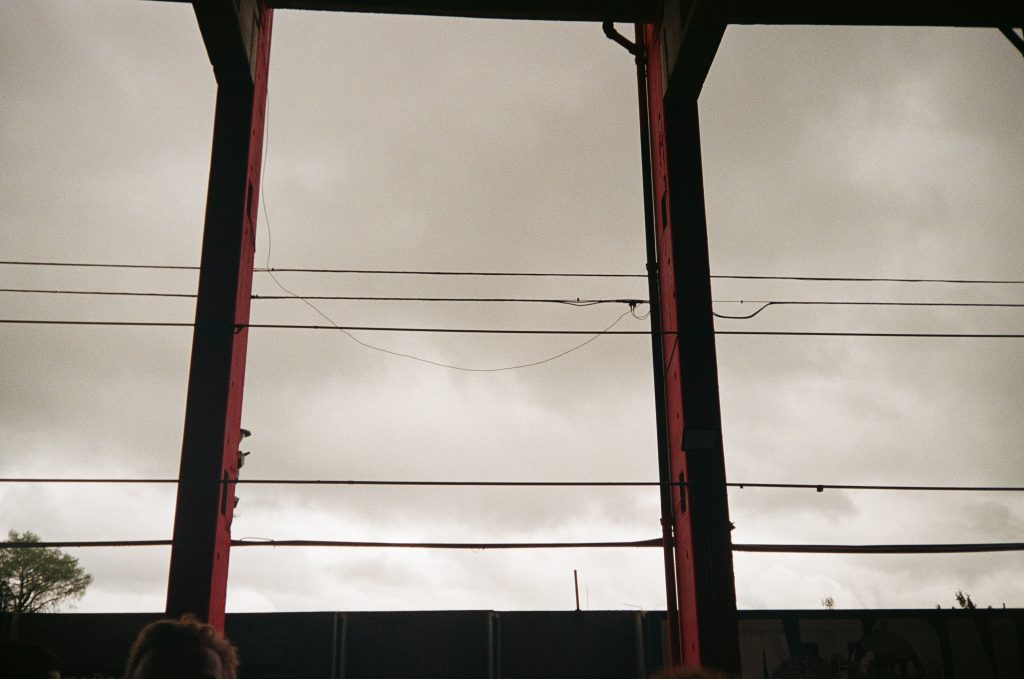
Immersed in the Atmosphere
As we move toward the curva, the feeling deepens. Ahead of us, the active fans arrive with flags and chants. We join them and soon stand on the steep concrete terrace. The wind lashes my face as the curva begins its support, and I’m instantly lost in it.
The participation is enormous, and the rhythm pulls me in. In Germany, the chants are usually short; here, it feels like each song tells a new story.
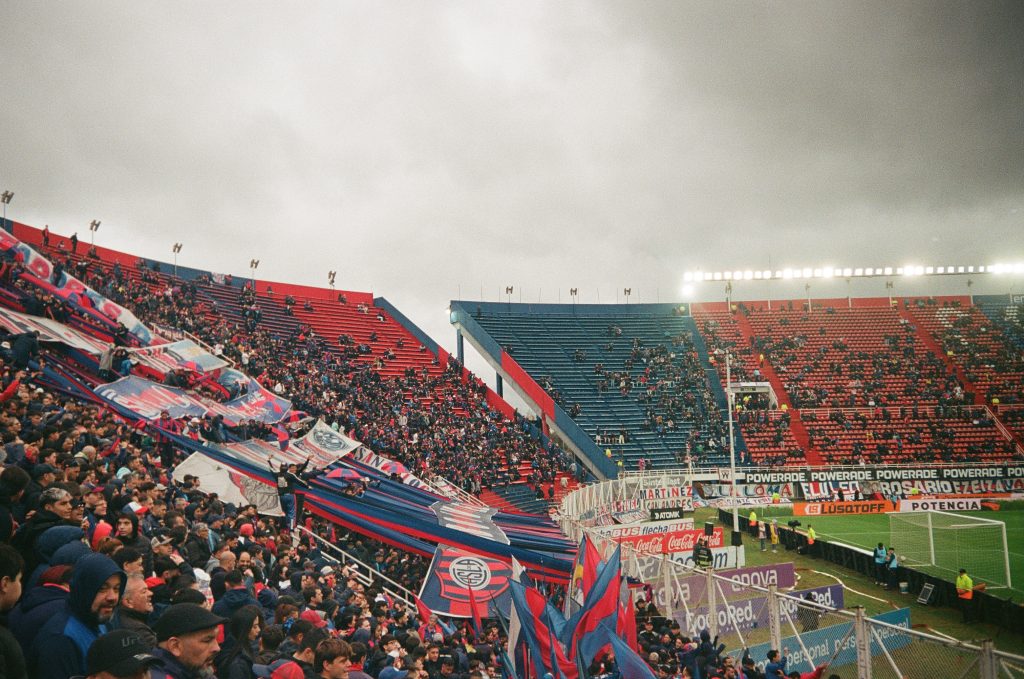
A Perfect Beginning
When I sit in the Uber back to the hostel, I’m overjoyed and can’t imagine a better start to Buenos Aires. And still, what comes next will surpass everything I expect.
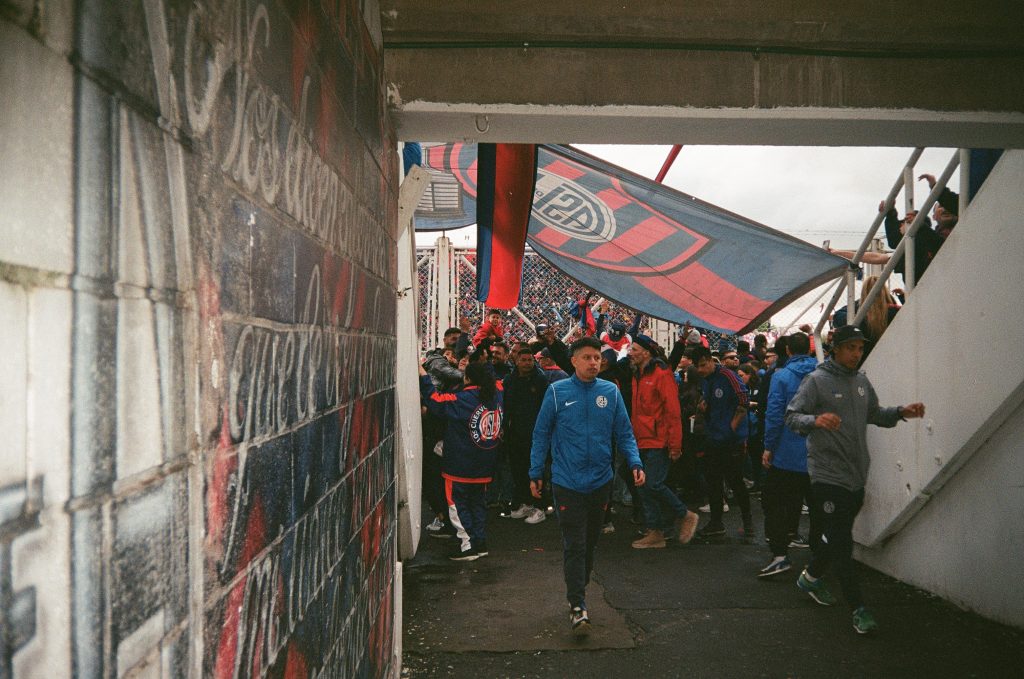
All words and images by Jonas Zöller.
You can follow Jonas on social media by clicking here

